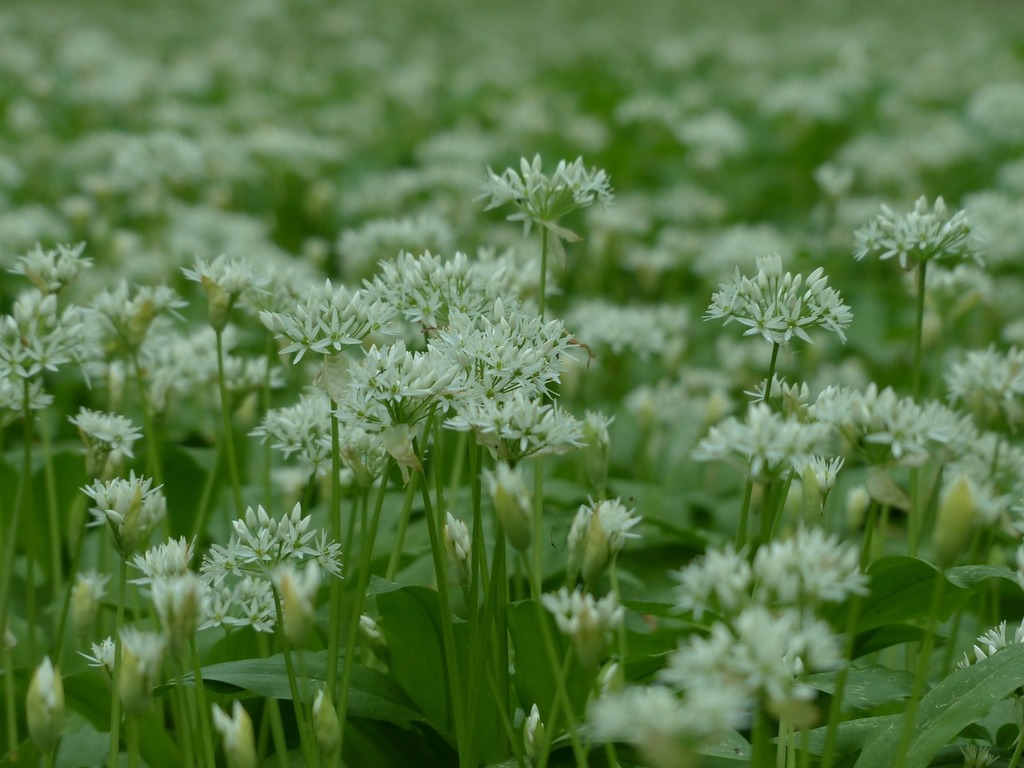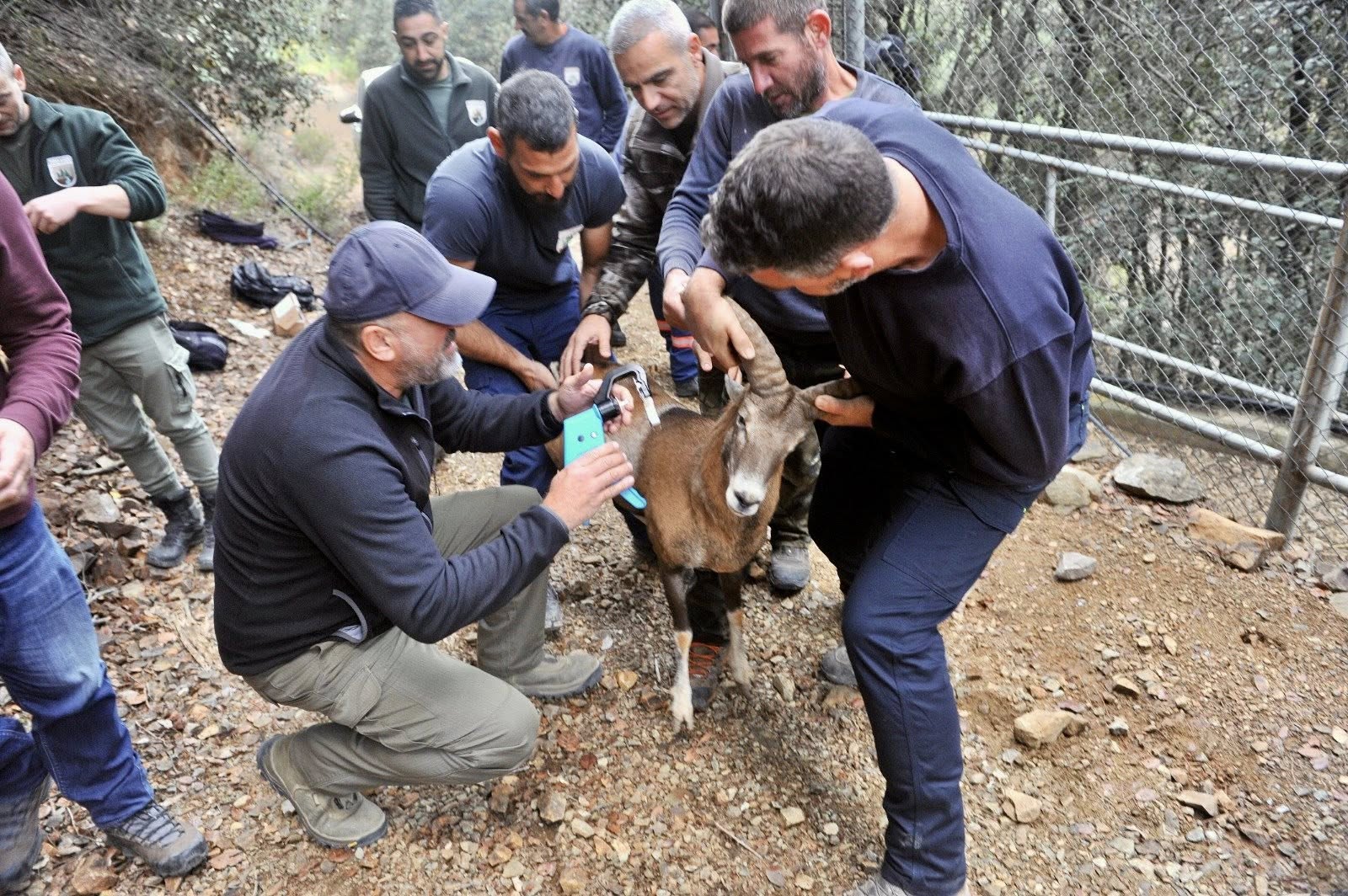Every spring, just before the trees burst into full leaf, a fresh, heady scent begins to drift through European woodlands – a sharp green aroma that signals the arrival of wild garlic!
Known for its punchy flavour and tender leaves, wild garlic – or ramsons – is one of spring’s great edible treasures. And in recent years, one preparation has risen above the rest in popularity: wild garlic pesto. Vibrant, intensely aromatic, and deeply seasonal, it’s a jarred expression of spring!
Wild garlic pesto is not a centuries-old tradition – it’s a modern reinvention of an ancient practice. For millennia, people across Europe foraged wild greens in spring. In Britain, wild garlic has been gathered since at least the Middle Ages, prized both for its culinary uses and its medicinal properties – it was believed to purify the blood, aid digestion, and ward off infections. In Eastern Europe, it’s been folded into breads, stews, and dumplings for generations. And in southern Germany, Bärlauch, as it’s known, is a springtime staple.
The pesto format – blending wild garlic leaves with olive oil, nuts, cheese, and sometimes lemon – is an adaptation of Italy’s famous pesto alla genovese. Traditionally made with basil, pine nuts, and Parmigiano-Reggiano, the classic version hails from Liguria. But pesto is less about strict ingredients than it is about method – pounding herbs with oil and nuts to preserve their flavour. And in regions where basil isn’t in season, cooks have long adapted the recipe using whatever fresh greens are at hand.
Enter wild garlic – a perfect stand-in for basil, with its leafy texture and assertive flavour. The result is a pesto that’s bolder and more pungent than its summery counterpart, with a vivid green colour and a scent that evokes woodland walks and damp spring mornings. Blended with toasted walnuts or almonds, sharp cheese like pecorino, and a squeeze of lemon, wild garlic pesto becomes something altogether more primal – fresher, earthier and deeply satisfying.
It’s also wildly adaptable. Spoon it over roasted vegetables, swirl it through soups, toss it with pasta or grains, or simply spread it on toast. Some versions skip the cheese to make it vegan; others use seeds instead of nuts for a different texture. What unites them all is a sense of immediacy – wild garlic pesto is best made fresh, with just-foraged leaves and good oil, and eaten while spring is still in the air.
In Cyprus, wild garlic is not as commonly foraged as in northern Europe. However, as foraging gains popularity among younger cooks and food-lovers, wild garlic is beginning to appear more frequently in Cypriot markets and dishes, often finding its way into dips, pies, or pastas.







Click here to change your cookie preferences